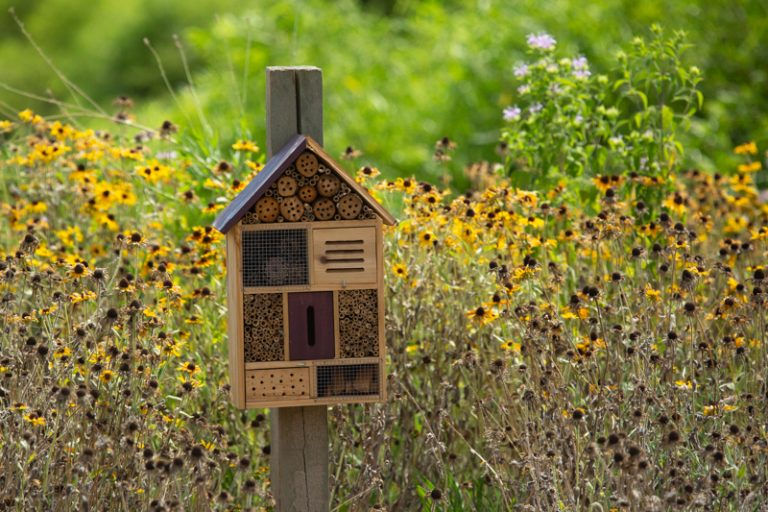Helping Pollinators Survive the Winter: 6 Species and 6 Tips
- David Burrows

- Oct 15, 2023
- 3 min read
Winter will be here before we know it and you can help different pollinating species get ready for the cold winter months and prepare for a spring re-emergence.

Depending on the species and their native location, nature has given these amazing pollinators various strategies to plan for the winter months, ensuring their survival until the spring when they can resume their essential roles in pollination and reproduction. Here are a few examples of how different pollinators prepare for the icy, frosty months ahead:
Honeybees: Honeybees are well-known for their winter preparations. As winter approaches, worker bees collect nectar and pollen to store in the hive. They use the nectar to make honey, which serves as their food source during the winter months when flowers are scarce. Honeybees cluster together in the hive, creating warmth by vibrating their flight muscles. The queen bee lays fewer eggs, and the colony goes into a sort of hibernation state until the weather warms up again. On warmer winter days, bees can sometimes be seen seeking nectar and pollen close to the hive. Adding winter-blooming plants can help forging bees find necessary nectar and create beauty in your yard year-round.

Bumblebees: Bumblebee colonies, and solitary bees, unlike honeybees, do not store large amounts of honey. Instead, as winter approaches, new queens are produced, and they mate with male bees. After mating, the new queens find a sheltered spot to hibernate through the winter – frequently in the ground, wooden openings, or leaves. Leaving a leaf pile in the corner of your yard with heavy sticks placed over them can greatly benefit hibernating pollinators. As the remaining colony dies off with freezing temperatures, the new queens will emerge in the spring and start new colonies. Insect hotels like the ones featured on Arkearth’s shop page can help protect queens during winter.
Butterflies: Most butterfly species spend the winter in the pupal stage (chrysalis). They find protected places to undergo metamorphosis, such as under leaves or in cracks in trees. In this pupal stage, they are less vulnerable to harsh weather conditions. When the weather warms up, they emerge as adult butterflies. Arkearth has several butterfly houses that can help protect them during the winter months! Avoiding using any pesticides, herbicides, and even fertilizers will help ensure a healthy, diverse environment that’s ready for emerging species.
Moths: Similar to butterflies, many moth species overwinter in the pupal stage. Some moths, particularly those that are active in late fall or early spring, overwinter as adults in sheltered spots like tree bark crevices or leaf litter, or unfortunately sometimes, our closets.
Hummingbirds: In areas where winter temperatures drop significantly, hummingbirds migrate to warmer regions where they can find food. They go into a state of decreased physiological activity known as “torpor” during the night hours to conserve energy and rely on regular feeding to survive the winter. Placing a hummingbird feeder in a sunny location that’s always filled with fresh sugar water (no food coloring please), will provide a quick rest stop for migrating birds and those staying in the neighborhood during the winter.
Beetles and other insects: Many pollinating beetles and other insects spend the winter in protected places such as under bark, in leaf litter, or in the soil. They enter a state of “diapause”, which is similar to “hibernation” or “torpor”, and where the species delays development or growth to conserve energy and survive until the weather warms up.

It's important to note that the strategies employed by pollinators can vary widely based on their species and the specific environmental conditions of their habitats. These adaptations are crucial for their survival during the challenging winter months. Leaving your yard and garden intact as much as possible provides them with the best suitable environment for survival and a thriving return when spring arrives! Find more fun pollination features in our store and make a fun learning project for the whole family! :-D



Comments